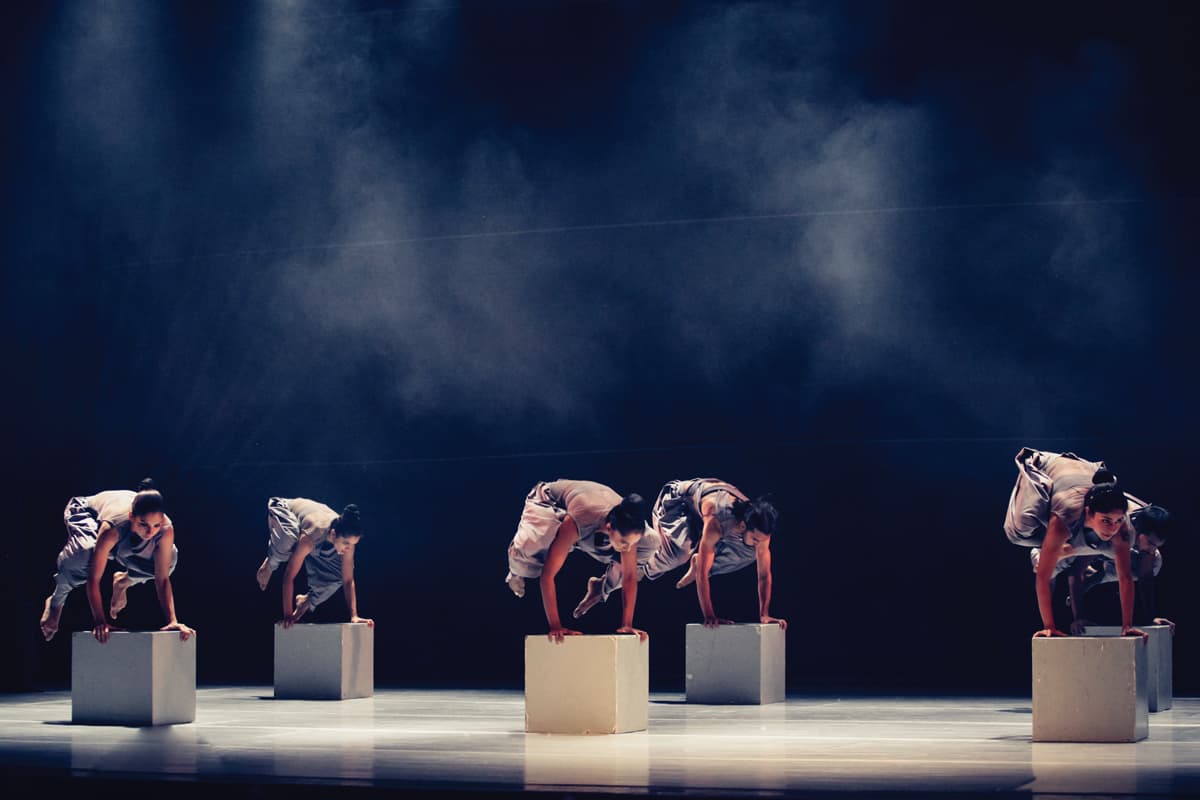Here is a window and set of reflections on contemporary dance in India viewed through the curated programme of the Attakkalari India Biennial 2017 which self-defines as the largest and most important international festival for contemporary movement arts in South Asia.
The power of a festival lies in its choice of works and the ability to pull programmers and curators towards it creating FOMO, seeing works for the first time or being part of a network of peers to debate, discuss and make deals for future festivals of their own. There were no programmers from the UK in attendance.
“…audiences/programmers view the work through a particular frame…”
Attakkalari clearly defines its programme so that audiences/programmers view the work through a particular frame: Centre-Stage (internationally-acclaimed dance companies), Platform Plus (Indian artists who have carved a niche with their work), Platform 17 (independent and emerging choreographers from the South Asian region) and a number of other strands of work including a Writing on Dance Laboratory (which I was invited to be part of), Conversations, Facets Residency and Off-Stage Interventions.
“…[it] plays a significant role in the dance ecology.”
There are a number of opinions on the role of Attakkalari: it has been at the forefront of training, performance and presentation for the last fifteen years in India; it has a large influence and plays a significant role in the dance ecology. A UK equivalent would be Breakin’ Convention – an organisation that brings a host of international artists to the country, scaling up, touring the country and having a monopoly on the mainstream debate and frame of their community, led by a charismatic and well-networked male figurehead.
“…unspoken conversation…”
On the ground, among the audience, artists and writers in Bangalore, there is also an unspoken conversation about how Attakkalari Repertory Company is often the only India-based company in the high-profile Centre-Stage programme. At the festival there’s an interesting dynamic in play as the Attakkalari Repertory Company dancers perform in Bhinna Vinyasa (choreographed by Jayachandran Palazhy) and ISSHH (choreographed by Cie Nicole Seiler); the difference could not be more stark. Bhinna Vinyasa is a lumbering, clunky production with unnecessary Windows screen-saver-like projections distracting from the movement; mixed with a lack of sensitivity and coherent red thread in the composition of how an audience receives the movement, it ends up as a series of disconnected mixture-scenes featuring kalari, contemporary dance and bharatanatyam. In the foundation of the choreographic language there is a leaden quality to the majority of the dancers as their bodies execute instructions rather than flesh out and deliver engaging performances. ISSHH by Seiler takes the same set of dancers along with one extra and transforms into an end-of-festival celebratory and uplifting performance that had lashings of humour, offered a re-imagined skewering of the odd Bollywood big dance number and demonstrated a craft of being attuned to an audience and how to lift and pull out performances from the same cast that had seemed so leaden before.
The Facets Residency Programme offers emerging choreographers (four from India and three from elsewhere) a five-week residency with access to seven different mentors (from sound design to dramaturgy to choreography to lighting design) and in return asks them to present a ten- to fifteen-minute work as part of the festival. As a development model it is supportive, bespoke and offers the chance to present a work to a series of international programmers who are invited for the first five days of the festival, catered for and housed together in a local hotel. As a platform split over two nights, the choreographic and performance quality of the work from India is like a night of Resolution at The Place where a series of graduate companies and emerging artists pay for the privilege of performing at the London venue but you’re unsure of the quality of work before you enter. Sujay Saple’s Ghar Ki Murgi allowed the audience the choice to decide the component parts of short performative sections from a prescribed list (e.g. lighting red, choreography solo, soundtrack four); this could have been a light-hearted and semi-interactive piece but he asked his performers to represent and perform as cleaners. This choice (which had no bearing on the choreography or integrity of the work) inadvertently raises questions of caste/power/privilege of the largely affluent audience, the history of dalits and how they have been forced to clean and collect human waste. It was an insensitive misuse of power to make the cleaners the subject of his work. Tahnun Ahmedy’s underdeveloped solo Samrakshana was the weakest work out of the seven; sitting somewhere between kathak and contemporary dance Ahmedy was the only choreographer from Bangladesh (which has little in the way of contemporary dance training) and although his kathak technique was stronger I wonder why the mentors (who have an overview of all the works in progress) attached to Facets did not encourage him to present differently as the work suffered in comparison to the others.
Structurally the Attakkalari India Biennial is in rude health, and some of the international programming, like Tordre (Wrought) by CCN2 Grenoble, France and Ketima by Vuyani Dance Theatre, South Africa, shows a keen eye for small-scale experimental as well as large-scale audience-pleasers that would grace other international dance festivals. However, it’s hard to see the Platform Plus work by Preethi Athreya and Company or the Facets work programmed outside of India or an Alchemy context. Outside of Bangalore and Attakkalari, Gati Dance Forum in New Delhi offers an alternative through the Ignite Festival and they’re about to launch a new MA in Critical Dance Practice.
While the growth of contemporary dance in India is an exciting step for this vast country, it will take time for the form to mature before it can take its place on an international stage.
